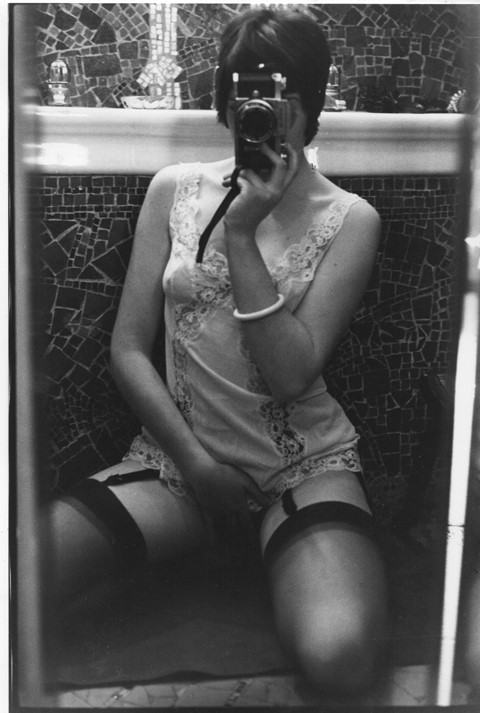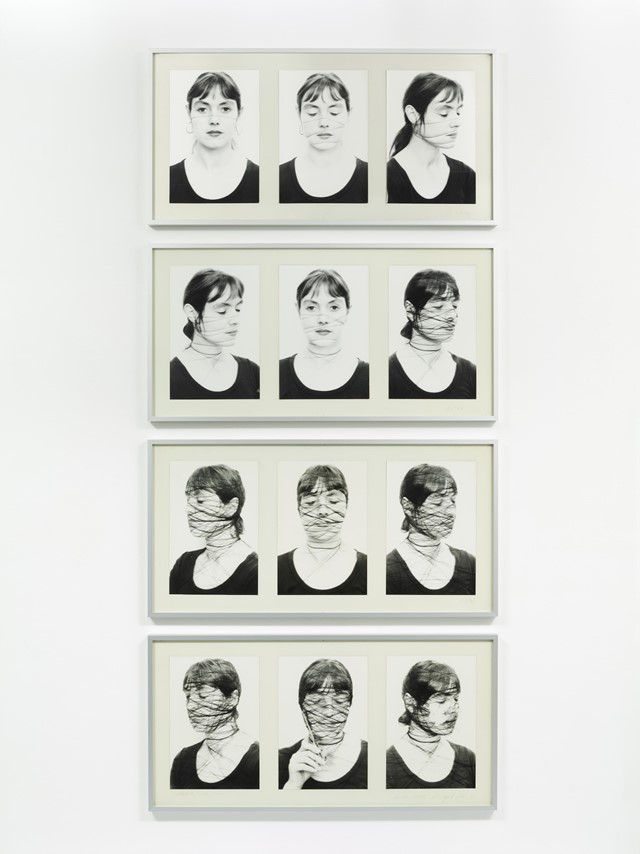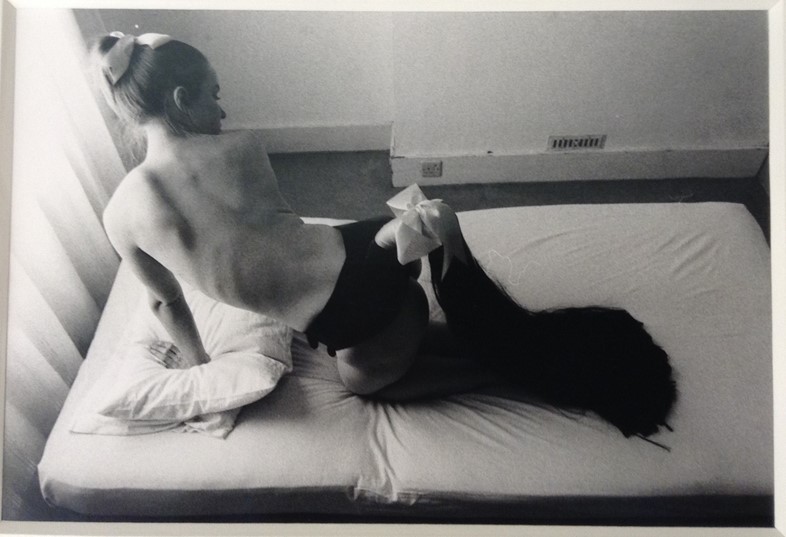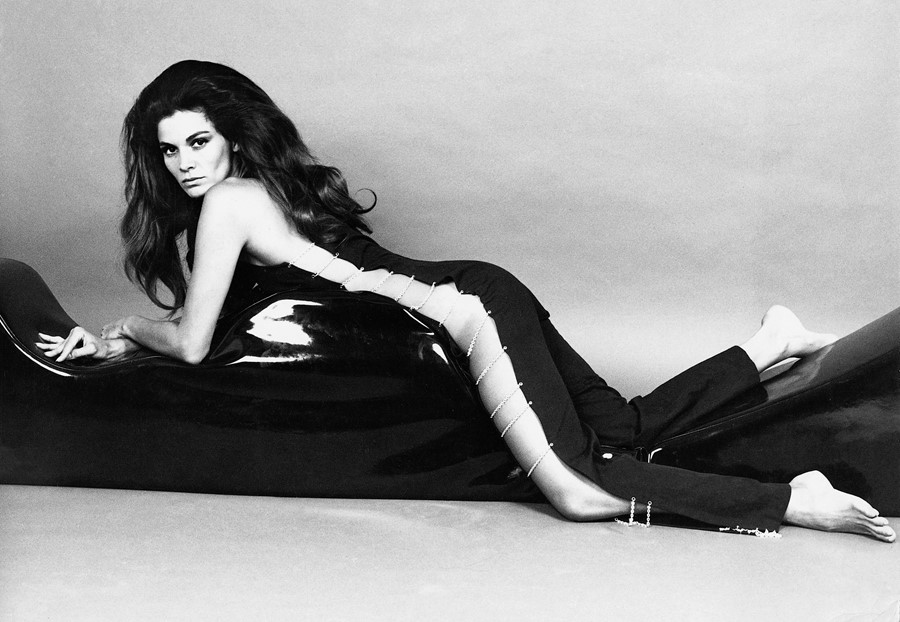We speak to three feminist artists who looked to themselves, and each other, as subjects
“Why have there been no great women artists?” reproachfully begins Linda Nochlin’s 1971 essay of the same name, a rallying cry against the institutional frameworks that prevented female creators from becoming part of the high art canon of the era. Quite simply, when it came to the ivory tower that was the art scene of the 1960s and 70s – women weren’t allowed through the door.
Thankfully, a small but powerful group of women artists refused to accept this, pushing forth in those two decades to make work on their own terms. Outside the glare of the spotlight, they created images that sought to define what a woman was, and could be. And that woman was complex – demonstrated by the powerful artworks that these artists created of themselves, or each other, a selection of which make up a new exhibition at London’s Richard Saltoun Gallery, Women Look At Women.
Spanning an era when feminism as we now know it was in its infancy, the artworks reflect the multitude of experiences that this generation of women faced – the resulting images charged with intimacy and pain, violence and pleasure. And, at this current watershed moment, they are photographs that seem more potent than ever.
In celebration of the exhibition, AnOther Magazine asked three of the featured artists to tell us the stories behind their most memorable photographs.

1. Friedl Kubelka, Pin-up (1973)
“In 1973, while I was waiting at the airport in Paris for a friend, I spoke to a female stranger and said that I was looking for bathrooms with mirrors to photograph myself wearing underwear. She said I could come to her flat. The bathroom seemed to be from the 1930s but there was only one mirror, unlike the brothels that I had previously photographed in. A little bit out of frustration I decided to appear more private and on purpose I wore underwear, which did not really fit together. In the 1970s masturbation was very often a substitute for general frustration, so I posed like that, being ashamed afterwards, but that’s not the case anymore.”

2. Annegret Soltau, Selbst II, 1- 12 (Self II, 1-12) (1975)
“This sequence, Selbst II, 1- 12 (Self II, 1-12), is a key piece in my artistic development. It was created in 1975, which was a year of change for me as an artist as well as a woman in society – the private became political. As a young artist, I was preoccupied with drawings and etchings in which I depicted women who were enclosed, torn and split. The fact that the drawing was carved directly into the printing plate with an etching needle was what interested me. That’s where I got the idea to comprehend the line as haptic and the drawing as a palpable experience. In a self-experiment, I wrapped my face with black thread. I wanted to be a part of the image. Through the succession of the different stages, the process should become visible. The first to be affected were the eyes and mouth, because I could not see or speak – communication was destroyed. I spun the thread around my face to deformation. The thread-drawing touched the skin, pressed into it to the point of pain. The details of my face seemed to be gone and, at the same time, frozen. It was similar to the act of mummification. I reached for the scissors and freed myself.”

3. Rose English, Jo and Tail 2 (1974)
“In Jo and Tail 2 my friend Jo is modelling one of the six horse tail belts I made for my 1975 site specific performance Quadrille in which six women dressed in my equine costumes performed in the dressage arena at a horse show. Jo was one of the dancers in Quadrille and this was the tail she wore in the performance. When I took this photograph I had just finished making the tail and I asked Jo to explore what it was like to wear it. I tied a pink satin ribbon around the tail – a hint of the baroque – and Jo wore her hair in a ponytail tied with an identical ribbon. I photographed Jo in a number of different poses that day and in this shot I love the way that the curve of Jo’s back is aligned with the tail she is wearing. It is as if her spine continues into the dock of the tail as in the anatomy of a real horse and, centaur-like, she is looking back to glimpse the glory of her tail. I also modelled the very same tail myself in photo works including Rose on Horseback with Tail in 1974.”
Women Look At Women runs at The Richard Saltoun Gallery, London from February 15 – March 31, 2018.
